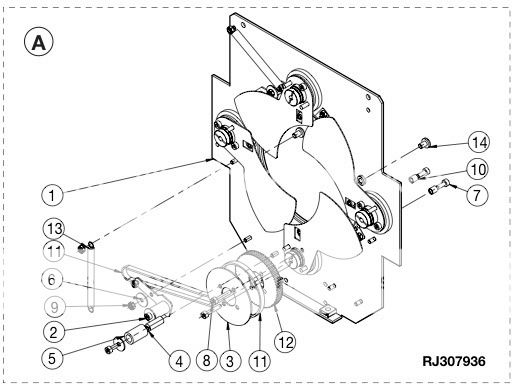So, I am going to try to start something new that the CB staff has been discussing. You all know that we have a "Question of the Day" forum, but we thought that we could stimulate some more discussions in the specific forums with a QOTD or in this case a QOTW "Question of the Week" (because everyone needs time to think about it and answer). So we will do our best to get at least one question up every week, and if you have suggestions for QOTW, please PM them to one of the Mods ([user]icewolf08[/user] or [user]grog12[/user]) and we just might ask them!
So I am going to kick this off with a question that I don't actually have an answer to, but have been wondering about for a while:
Our followspots are located in one of our FOH lighting positions (we call it Beam 1). The beam has a safety grating so that you can't fall out. When we run our followspots at a dim intensity you can see shadows of the grate on the stage. Why?
Additional details: The spots are Robert Juliat Topaze 1200W arc discharge fixtures. The front end of the fixture is probably around 1' from the grate at the closest. The throw distance to the front edge of the stage is about 45'. Also, I have never noticed this effect with any of our conventional fixtures (including 10˚-26˚ Source fours and 6x16 360Qs).
So I am going to kick this off with a question that I don't actually have an answer to, but have been wondering about for a while:
Our followspots are located in one of our FOH lighting positions (we call it Beam 1). The beam has a safety grating so that you can't fall out. When we run our followspots at a dim intensity you can see shadows of the grate on the stage. Why?
Additional details: The spots are Robert Juliat Topaze 1200W arc discharge fixtures. The front end of the fixture is probably around 1' from the grate at the closest. The throw distance to the front edge of the stage is about 45'. Also, I have never noticed this effect with any of our conventional fixtures (including 10˚-26˚ Source fours and 6x16 360Qs).



